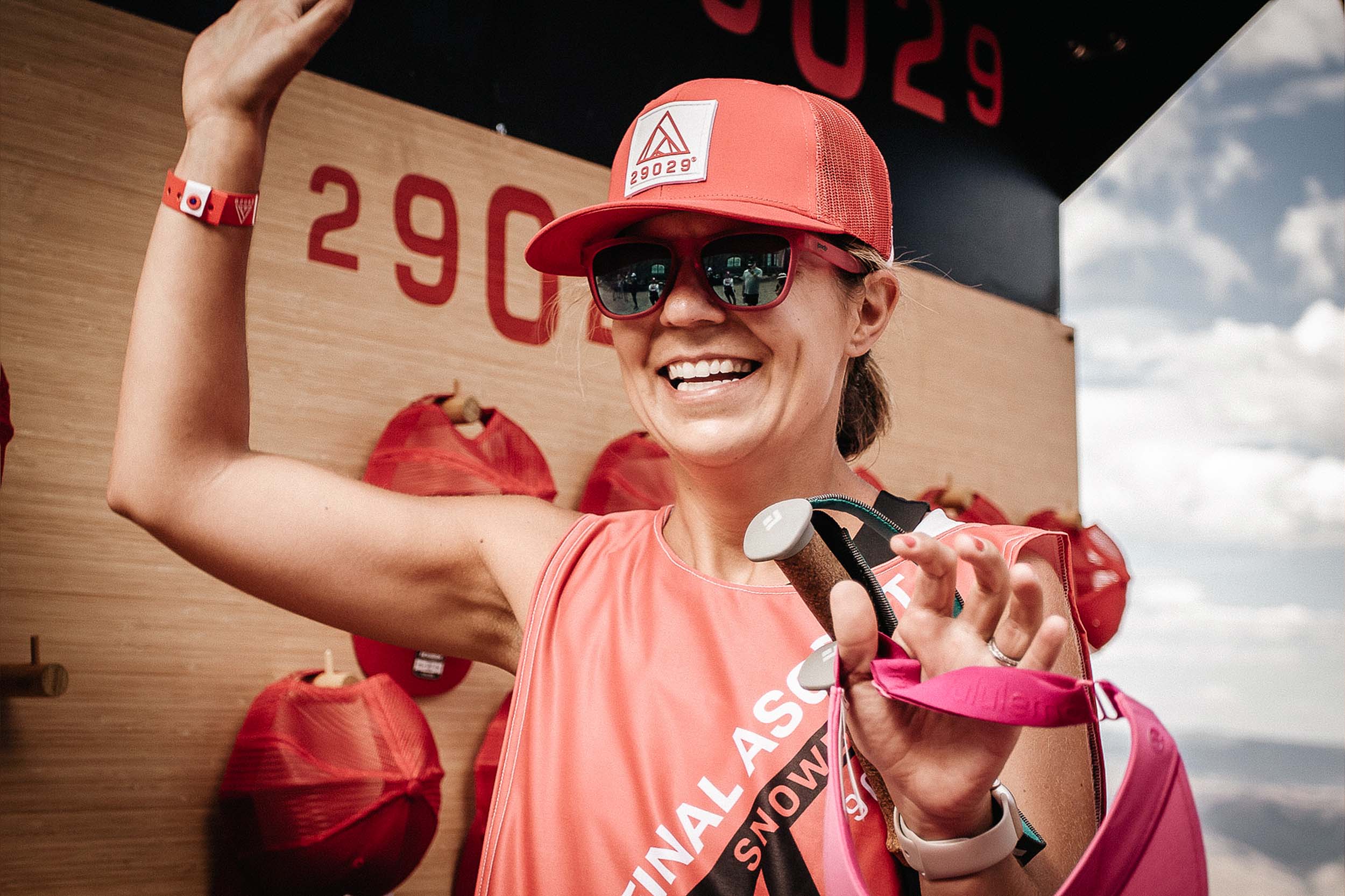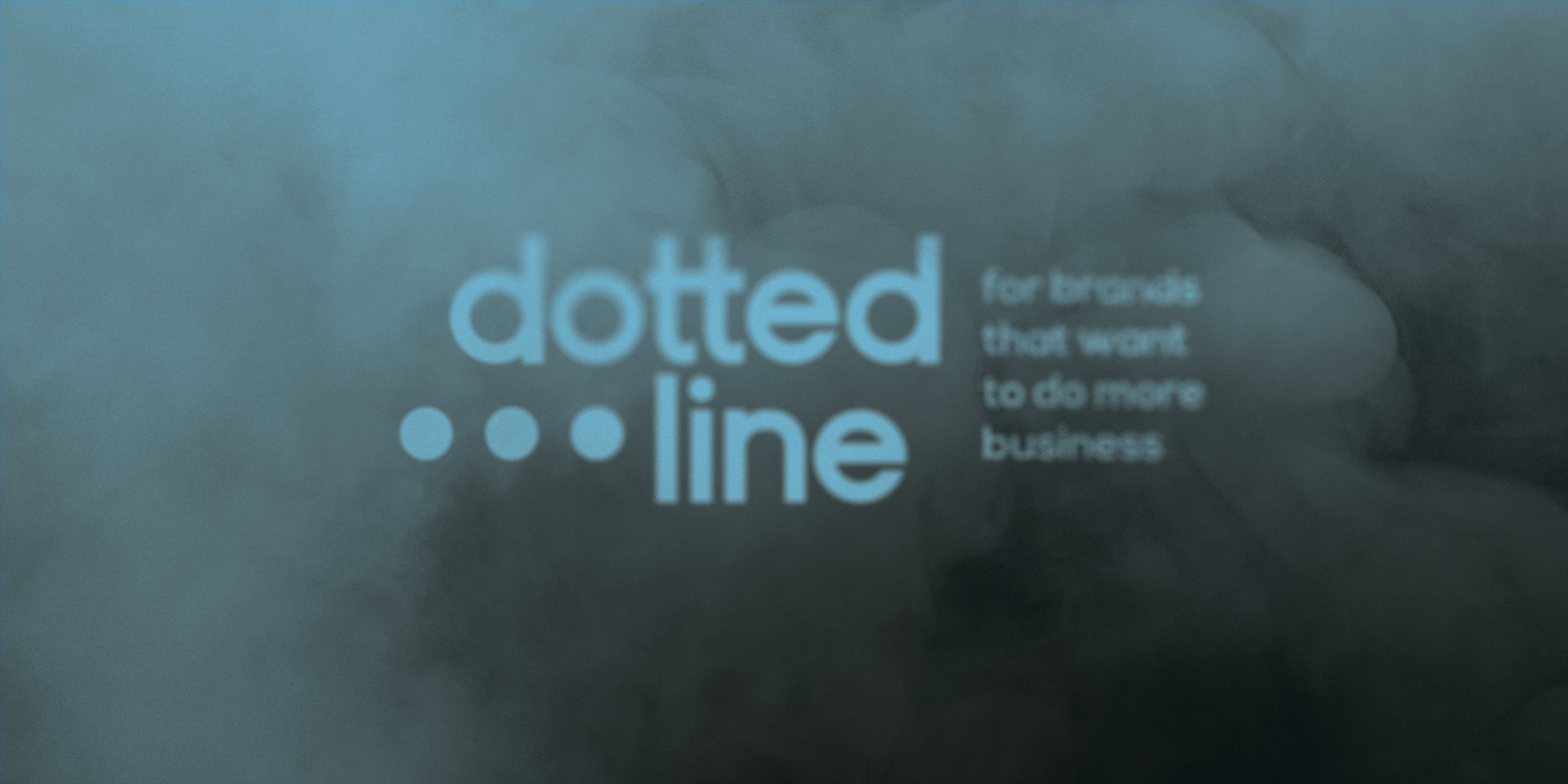Every successful company focuses on attracting new customers or deepening relationships with its existing customers. One critical way to do that is with effective marketing – of your product, your service or your people.
But are you spending enough time and energy analyzing your data? Your aim is to determine if you’re getting the best return on your marketing spend. We see it time and time again: Marketing teams think it’s easy to pluck that out of a sea of data, but they jump in without knowing what they truly need to look for.
Here’s why 83% of marketing leaders at top companies say it’s hard: The information you need to gauge marketing efficacy often requires culling a combination of data points and, perhaps, their interrelationships. For example, you might see overall stagnant sales, but a deeper dive might reveal an uptick with a new product or in a geographic region. You need to peel back another layer to understand what’s driving those gains and assess how you might apply learnings to replicate that performance in another product line or market.
A results-oriented business recognizes that marketing drives the company toward immediate and stretch goals. But your leaders need to look beyond why marketing is important to how it plays a part across your enterprise. From the initial business strategy to onboarding a new client, you find a marketing expectation – and opportunity.

Connected data points point you in the right direction
Integrating and understanding the impact of your marketing efforts across your organization creates levers that you can push and pull to make meaningful change. That’s because you now are analyzing the data to know precisely what’s working – and, even more importantly, what’s not, because that is wasting marketing dollars, which nearly 40% of companies today have reported experiencing.
With these new insights in hands:
1. Understand your consumer’s journey.
Our previous post spoke about the importance of a research-based consumer journey, which helps you set up different marketing tactics that support every stage of that buying experience. Research-based insights provide a solid foundation for future decision-making.
2. Create paths that drive sales.
You must dig into that data to ensure you’re capturing the right information that can point you to the right actions. Make sure you understand the impact of your marketing activity across earned, paid and owned across the various stages: awareness, interest, consideration and purchase.
3. Calculate ROI by mapping conversions.
You’re looking for the bottom line on your marketing efforts. Weigh how much you spend against the volume of business growth to determine how much each new customer costs you. The better you tell your company’s brand story and promote your product, the higher your return on your marketing investment. Of course, other factors come into play – the uniqueness and demand for your product and the caliber of your sales team, just to name a couple – but conducting these simple exercises on a set frequency will help you map trends over time.
When you break down your sales processes into what your prospect experiences at each moment, you can develop tailored marketing that serves up exactly what they need to take the next step forward. You also can then go back to your performance data to break down what tactics are working and where you can make your limited marketing dollars work more for you.
Many of the clients we serve are growing in midmarket status, with burgeoning full-spectrum marketing programs in step with their organization’s growth. The more you grow, the more pressure they face to improve your ROI. With larger marketing budgets come large risks – and rewards, which is where we prefer to focus. With every new creative campaign, we return to the analytics, as we help businesses align your customer’s journey and marketing touchpoints to quickly close gaps and seize opportunities to maximize your spend.
Image credit: Jamie Street
;)
;)
;)
;)
;)
;)
;)